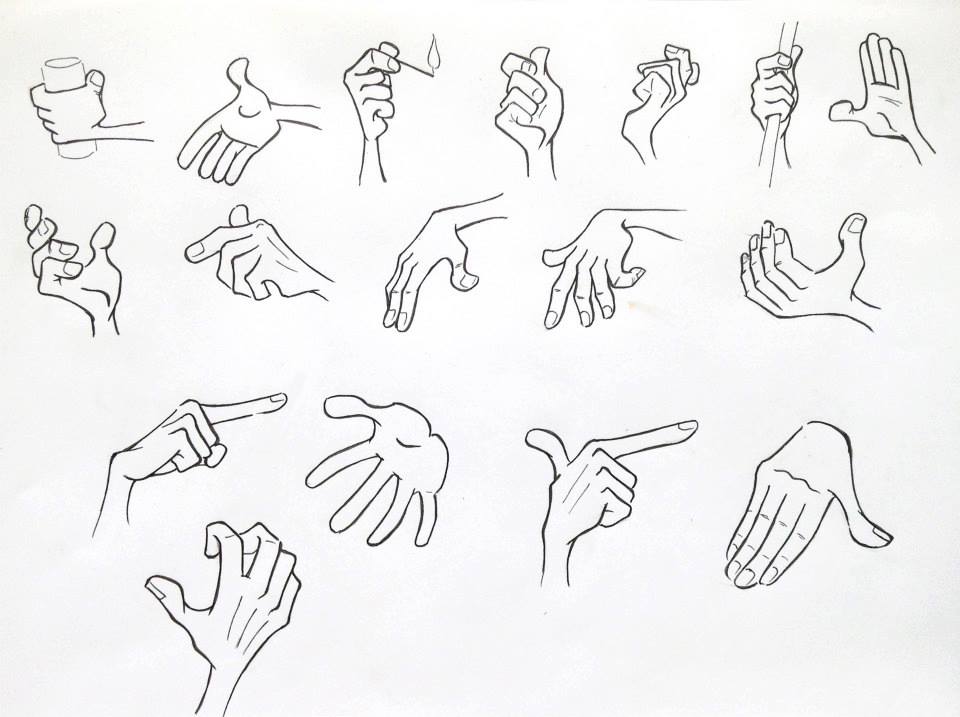


It often works best to use a progressive approach, so the following techniques are listed from basic to complex. Up next, you’ll discover various rehabilitation techniques to relax a clenched hand after stroke. Progressive Treatment for Clenched Hands After Stroke This supports the phrase “ use it or lose it.” Be sure to keep the hand engaged in daily activities, even if it’s just for a short amount of time. This is one way that the brain tries to be efficient, but it can make recovery more difficult for the patient. Learned non-use is a phenomenon that occurs when a person neglects their limb and the brain completely disengages from it. If you neglect the affected hand, it will continue to clench into a tighter fist. Before we get there, we’d like to stress the importance of stretching your hand daily. You’re about to learn different methods to treat a clenched hand after stroke. However, once spasticity has progressed to contractures, there are still ways to relax the muscles. It’s important for stroke patients to manage spasticity early to prevent contractures from developing. This is characterized by extreme stiffness in the muscles, joints, or connective tissue that limits range of motion. When spasticity is left untreated and unmanaged, it can worsen into a condition called contractures. Stiff, tight muscles after stroke are a sign of spasticity. As a result, the hand muscles tighten up for protection, which leads to a clenched hand. When a stroke damages the part of the brain that controls hand function, it severs that communication between the hand and nervous system. The brain is responsible for telling your muscles when to move, and when to relax. Normally, the brain and nervous system are in constant communication with your muscles. By understanding that connection, the path to recovery becomes clear. If you suffer from curled fingers or a clenched hand after stroke, it’s important to understand how the brain and muscles normally communicate. This is a result of severe spasticity, which is caused by disconnection and miscommunication between the brain and muscles. After a severe stroke, it’s common for the hand to clench into a fist, and the fingers to curl into themselves.


 0 kommentar(er)
0 kommentar(er)
